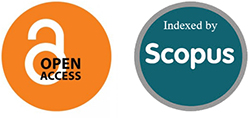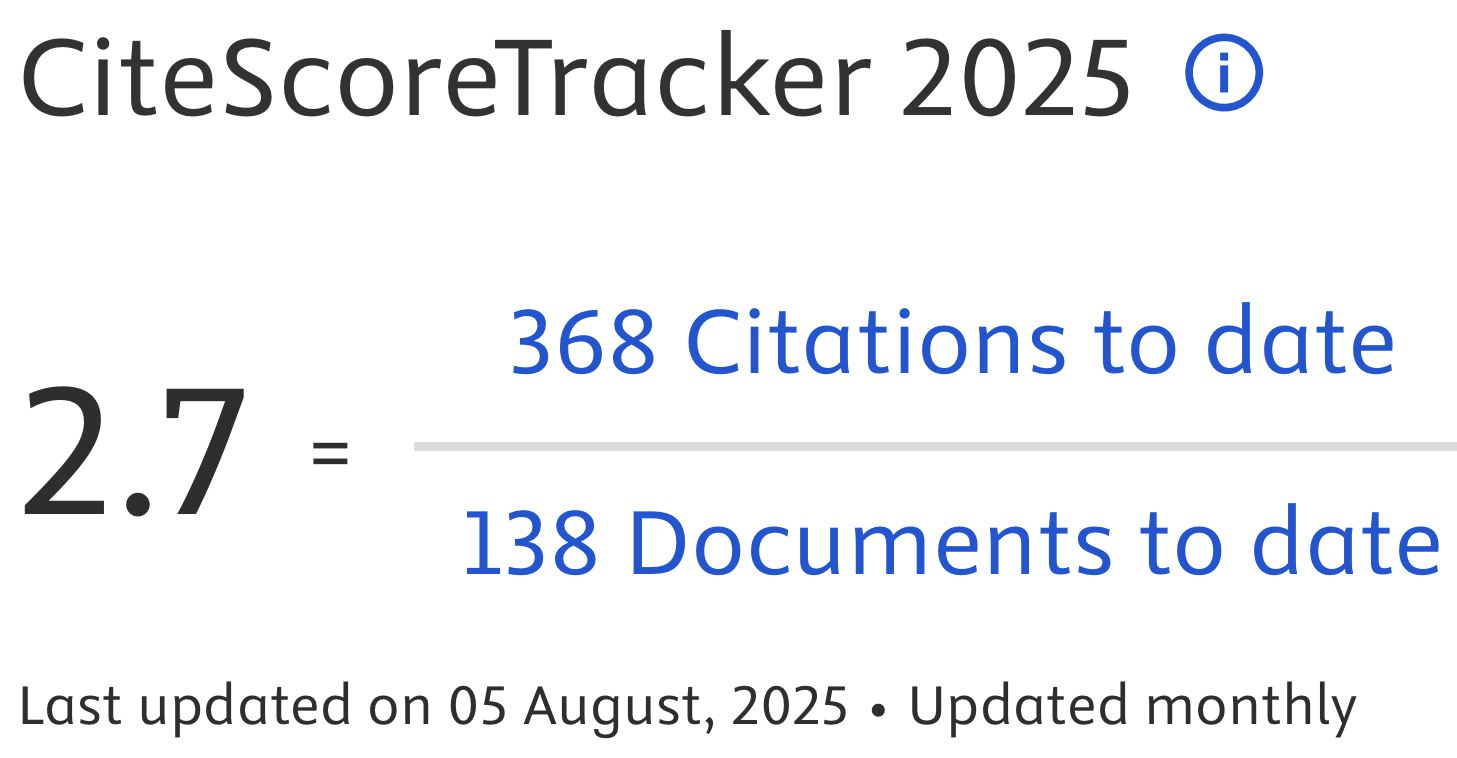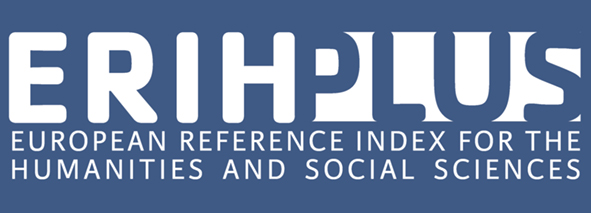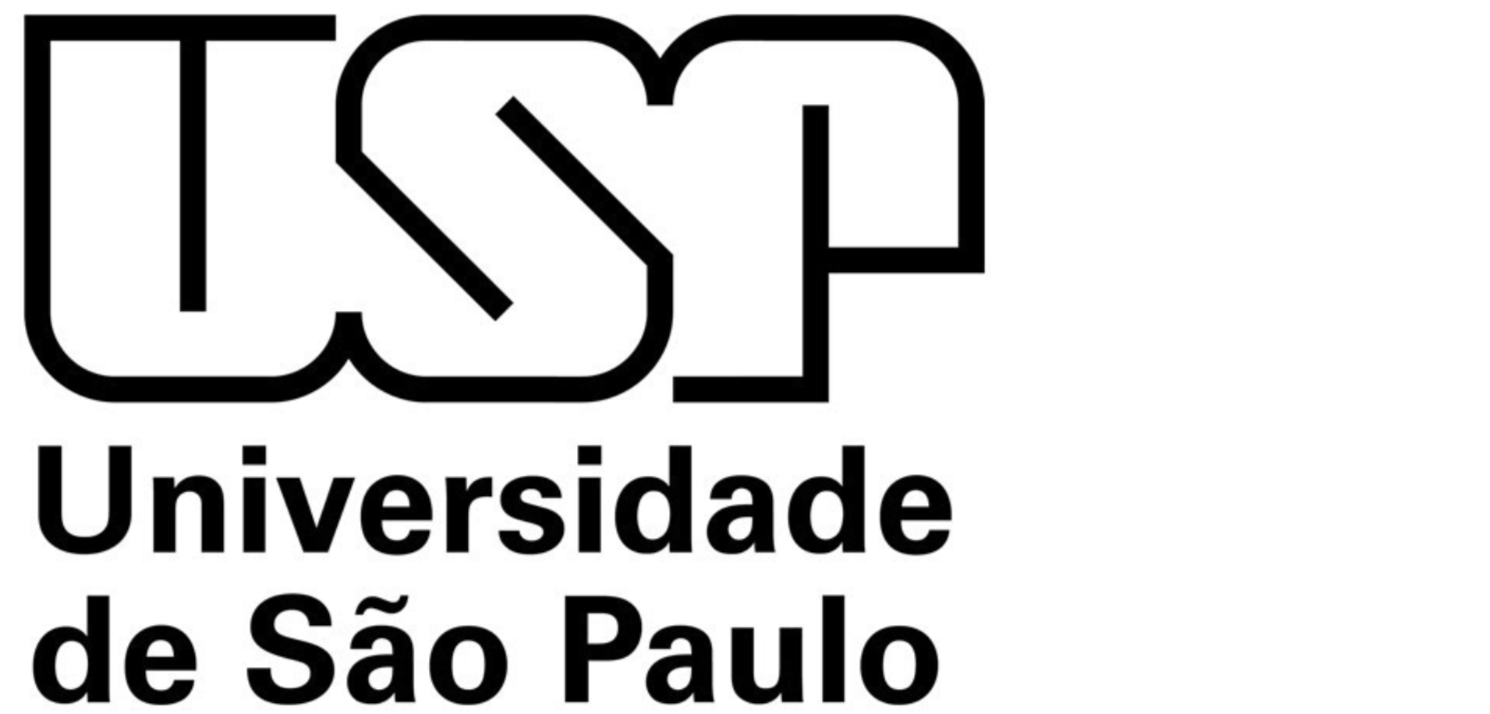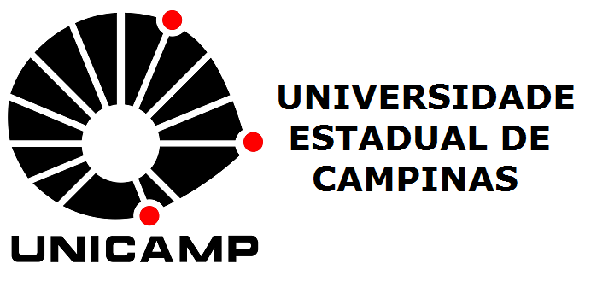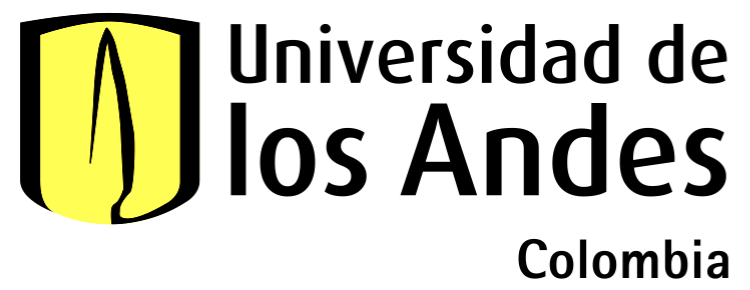Urban welfare and regeneration – Sustainability and social inclusion for achieving the SDGs
DOI:
https://doi.org/10.69143/2464-9309/1752025Keywords:
urban regeneration, urban welfare, urban standards, sustainable urban planning, environmental and socio-economic sustainabilityAbstract
In the social inequality and climate crisis characterising the new urban issue, the need emerges to implement urban welfare policies that guarantee settled local communities the general right to the city. In this sense, urban regeneration, an urban strategy of social inclusion, economic development, and environmental sustainability, calls for cross-sectoral convergence and inter-institutional collaboration. In this thematic framework, the authors propose a reflection on the interconnections between urban welfare – understood as the right of settled communities to public cities – and the achievement of the SDGs, highlighting the complexity of the subject to the trade-offs that urban regeneration strategies are called upon to govern in order to reconcile the environmental and socio-economic dimensions of change, requiring an interdisciplinary and multi-level approach. This objective finds its expression in a critical reading of the interconnections between the various Goals of the 2030 Agenda, supported by examining an emblematic case study that promotes integrated governance as a tool to overcome urban fragmentation and systemic trade-offs that hinder the equitable development of contemporary cities.
Article info
Received: 25/03/2025; Revised: 27/04/2025; Accepted: 30/04/2025
Downloads
Article Metrics Graph
References
Agenzia per la Coesione Territoriale (2020), “La nuova politica di coesione 2021-2027”, in agenziacoesione.gov.it, 23/07/2020. [Online] Available at: agenziacoesione.gov.it/dossier_tematici/la-nuova-politica-di-coesione-2021-2027/ [Accessed 11 April 2025].
Ajuntament de Barcelona (2025), Pla de Barris 2025-2028. [Online] Available at: barcelona.cat/pladebarris/sites/default/files/2025-03/PdB_Llibre_ElPladeBarris20252028-1.pdf [Accessed 11 April 2025].
Ajuntament de Barcelona (2023), Monitoring report on the Barcelona 2030 Agenda – Voluntary Local Review 2023. [Online] Available at: sdglocalaction.org/voluntary-local-review-barcelona-spain/ [Accessed 11 April 2025].
Ajuntament de Barcelona (2022), Plan de Barrios – Barcelona 2015-2023 – Por el derecho de todos y todas a la ciudad. [Online] Available at: bcnroc.ajuntament.barcelona.cat/jspui/bitstream/11703/129731/1/PLAN %20DE%20BARRIOS-Por%20el%20derecho%20de%20todos%20y%20todas %20a%20la%20ciudad.pdf [Accessed 11 April 2025].
ASviS – Alleanza Italiana per lo Sviluppo Sostenibile (2023), I Territori e gli Obiettivi di sviluppo sostenibile – Rapporto ASviS 2023. [Online] Available at: asvis.it/public/asvis2/files/Pubblicazioni/Rapporto_Territori/2023/ Rapporto_Territori_ 2023.pdf [Accessed 11 April 2025].
ASviS – Alleanza Italiana per lo Sviluppo Sostenibile (2017), L’Agenda urbana per lo Sviluppo Sostenibile – Obiettivi e proposte. [Online] Available at: asvis.it/public/asvis/files/AgendaUrbana.pdf [Accessed 11 April 2025].
Augè, M. (1992), Non-lieux – Introduction à une anthropologie de la surmodernité, Éditions du Seuil, Paris.
Barcelona Regional | Agéncia Desenvolupament Urbà (2019), Una estratègia per la Marina. [Online] Available at: bcnregional.com/wp-content/uploads/2019/10/AE05_LAMARINA_V1.pdf [Accessed 11 April 2025].
Bentham, J. (1843), Principles of the Civil Code, W. Tait, Edinburgh.
Berretta, T., Desideri, F. and Staltari, M. (2024), “Il Progetto dello spazio pubblico, tra complessità e crisi ecologica – Da sfida a opportunità per la rigenerazione urbana | Public space project, between complexity and ecological crisis – From challenge to opportunity for urban regeneration”, in Agathón | International Journal of Architecture, Art and Design, vol. 16, pp. 74-87. [Online] Available at: doi.org/10.19229/2464-9309/1662024 [Accessed 11 April 2025].
Briggs, A. (1961), “The Welfare State in Historical Perspective”, in European Journal of Sociology, vol. 2, issue 2, pp. 221-258. [Online] Available at: doi.org/10.1017/S0003975600000412 [Accessed 11 April 2025].
Camera dei Deputati (2017), Atti Parlamentari – XVII Legislatura – Commissione parlamentare di inchiesta sulle condizioni di sicurezza e sullo stato di degrado delle città e delle loro periferie – Doc. XXII-bis N. 19. [Online] Available at: documenti.camera.it/_dati/leg17/lavori/ documentiparlamentari/IndiceETesti/022bis/ 019/INTERO.pdf [Accessed 11 April 2025].
Campos Venuti, G. (2010), Città senza cultura – Intervista sull’urbanistica, Editori Laterza, Roma.
Carter, M., Ianiri, F. and Mariano, M. (2024), “Tattiche di resilienza per ambiti urbani costieri – La Marina di Latina e il Porto di New York | Resilience tactics for coastal urban areas – The Marina di Latina and the New York Harbour”, in Agathón | International Journal of Architecture, Art and Design, vol. 16, pp. 156-173. [Online] Available at: doi.org/10.19229/2464-9309/16132024 [Accessed 11 April 2025].
Castells, M. (2004), La città delle reti, Marsilio Editore, Venezia.
Castells, M. (1979), The Urban Question – A Marxist Approach, MIT Press, Cambridge (MA).
Crupi, F. (ed.) (2024), Territorializzare il PNRR – Strategie, strumenti e progetti per la rigenerazione della città e dei territori contemporanei, FrancoAngeli, Milano.
Donzelot, J. (2006), “Quand la ville se défait – Quelle politique face à la crise des banlieues?”, in Recherches et Prévisions | Revue des politiques sociales et familiales, vol. 85, pp. 104-106. [Online] Available at: persee.fr/doc/caf_1149-1590_2006_num_85_1_2241_t12_0104_0000_3 [Accessed 11 April 2025].
Elsheekh, K. M., Kamel, R. R., Elsherif, D. M and Shalaby, A. M. (2021), “Achieving sustainable development goals from the perspective of solid waste management plans”, in Journal of Engineering Applied Science, vol. 68, article 9, pp. 1-15. [Online] Available at: doi.org/10.1186/s44147-021-00009-9 [Accessed 11 April 2025].
European Commission (2021), Communication from the Commission to the European Parliament, the Council, the European Economic and Social Committee and the Committee of the Regions – New European Bauhaus – Beautiful, Sustainable, Together, document COM(2021) 573 final. [Online] Available at: new-european-bauhaus.europa.eu/system/files/2021-09/COM(2021)_573_EN_ACT.pdf [Accessed 11 April 2025].
European Commission (2020a), Communication from the Commission to the European Parliament, the Council, the European Economic and Social Committee and the Committee of the Regions – A strong social Europe for just transitions, document COM(2020) 14 final. [Online] Available at: eur-lex.europa.eu/resource.html?uri=cellar:e8c76c67-37a0-11ea-ba6e-01aa75ed71a1.0003.02/DOC_1&format=PDF [Accessed 11 April 2025].
European Commission (2020b), European Semester 2020 – Overview of Investment Guidance on the Just Transition Fund 2021-2027 per Member State (Annex D). [Online] Available at: commission.europa.eu/system/files/2020-02/annex_d_crs_2020_en.pdf [Accessed 11 April 2025].
European Commission (2020c), Communication from the Commission to the European Parliament, the Council, the European Economic and Social Committee and the Committee of the Regions – Europe’s moment – Repair and Prepare for the Next Generation, document 52020DC0456, COM/2020/456 final. [Online] Available at: eur-lex.europa.eu/legal-content/EN/TXT/?uri=celex:52020DC0456 [Accessed 11 April 2025].
European Commission (2019), Communication from the Commission to the European Parliament, the European Council, the European Economic and Social Committee of the Regions – The European Green Deal, document 52019DC0640, COM/2019/640 final. [Online] Available at: eur-lex.europa.eu/legal-content/EN/TXT/?uri=celex%3A52019DC0640 [Accessed 11 April 2025].
European Commission (2017), Report from the Commission to the Council on the Urban Agenda for the EU, document 52017DC0657, COM/2017/0657 final. [Online] Available at: eur-lex.europa.eu/legal-content/EN/ALL/?uri=CELEX%3A52017DC0657 [Accessed 11 April 2025].
European Commission (2006), State Aid Control and Regeneration of Deprived Urban Areas.
European Union (2023), EU Voluntary Review on the Implementation of the 2030 Agenda for Sustainable Development. [Online] Available at: eeas.europa.eu/sites/default/files/documents/2023/SDG-Report-WEB_0.pdf [Accessed 11 April 2025].
Francesco (2015), Laudato Si’– Lettera Ecniclica sulla cura della casa comune, Libreria Editrice Vaticana, Città del Vaticano.
Galuzzi, P. and Vitillo, P. (2018), “Città contemporanea e rigenerazione urbana – Temi, azioni, strumenti”, in Equilibri, vol. 1, pp. 125-133. [Online] Available at: hdl.handle.net/11311/1067438 [Accessed 11 April 2025].
Harvey, D. (1973), Social justice and the city, Johns Hopkins University Press, Baltimore.
Hyder, B. and Haque, T. Z. (2022), “Understanding the Linkages and Importance of Urban Greenspaces for Achieving Sustainable Development Goals 2030”, in Journal of Sustainable Development, vol. 15, issue 2, pp. 144-155. [Online] Available at: doi.org/10.5539/jsd.v15n2p144 [Accessed 11 April 2025].
Iacomoni, A. (2019), “Capitali verdi europee – Indirizzi per uno sviluppo urbano sostenibile | European green capitals – Best practices for sustainable urban development”, in Agathón | International Journal of Architecture, Art and Design, vol. 6, pp. 114-125. [Online] Available at: doi.org/10.19229/2464-9309/6112019 [Accessed 11 April 2025].
Indovina, F. (2010), “Metropoli territoriale e sviluppo economico-sociale”, in Economia e Società Regionale, fascicolo 1, pp. 43-61. [Online] Available at: doi.org/10.3280/ES2010-001005 [Accessed 11 April 2025].
Indovina, F. (2009), “La Città diffusa”, in Indovina, F. (ed.), Dalla città diffusa all’arcipelago metropolitano, FrancoAngeli, Milano, pp. 47-64. [Online] Available at: academia.edu/14280996/La_citt%C3%A0_diffusa [Accessed 11 April 2025].
INU – Istituto Nazionale di Urbanistica (2021), Un Programma Integrato d’Area per la territorializzazione e la valorizzazione urbanistica delle risorse del PNRR – Documento approvato all’unanimità dal Consiglio Direttivo Nazionale nella seduta del 10.12.2021. [Online] Available at: inu.it/wp-content/uploads/inu-pia-documento-approvato-def.pdf [Accessed 11 April 2025].
Khan, J., Hildingsson, R. and Garting, L. (2020), “Sustainable Welfare in Swedish Cities – Challenges of Eco-Social Integration in Urban Sustainability Governance”, in Sustainability, vol. 12, issue 1, article 383, pp. 1-17. [Online] Available at: doi.org/10.3390/su12010383 [Accessed 11 April 2025].
Lefebvre, H. (2014), Il diritto alla città, Ombre Corte, Verona.
Mimar, S., Soriano-Paños, D., Kirkley, A., Barbosa, H., Sadilek, A., Arenas, A., Gómez-Gardeñes, J. and Ghoshal, G. (2022), “Connecting intercity mobility with urban welfare”, in PNAS Nexus, vol. 1, issue 4, pp. 1-11. [Online] Available at: doi.org/10.1093/pnasnexus/pgac178 [Accessed 11 April 2025].
MIMIT – Ministero delle Imprese e del Made in Italy (2023), Piano Nazionale di Ripresa e Resilienza. [Online] Available at: mimit.gov.it/images/stories/documenti/PNRR_Aggiornato.pdf [Accessed 11 April 2025].
Nel-lo, O. (2012), Ordenar el territorio – La experiencia de Barcelona y Cataluña, Tirant lo Blanch, Barcelona.
Oliva, F. (2008), “Il Nuovo Piano”, in Urbanistica, n. 135, pp. 4-7.
Oliva, F. and Ricci, L. (2017), “Promuovere la rigenerazione urbana e la riqualificazione del patrimonio edilizio esistente”, in Antonini, A. and Tucci, F. (eds), Architettura, Città e Territorio verso la Green Economy – La costruzione di un manifesto della Green Economy per l’architettura e la città del futuro | Architecture, city and territory towards a Green Economy – Building a manifesto of the Green Economy for the architecture and the city of the future, Edizioni Ambiente, Milano, pp. 205-220.
Ricci, L. (2019), “Governare la città contemporanea – Una nuova questione urbana”, in Ravagnan, C. (ed.), Rigenerare le città e i territori contemporanei – Prospettive e nuovi riferimenti operativi per la sperimentazione, Aracne Editrice, Roma, pp. 9-20. [Online] Available at: aracne-editrice.it/pdf/9788825527414.pdf [Accessed 11 April 2025].
Ricci, L. (2018), “Costruire la città pubblica per rigenerare la città contemporanea | Building the public space to regenerate the contemporary city”, in Urbanistica Dossier, vol. 15, pp. 18-25.
Ricci, L. (2017), “Governare la città contemporanea – Riforme e strumenti per la rigenerazione urbana | Governing contemporary cities – Reform and measures promoting urban regeneration”, in Urbanistica, vol. 160, pp. 91-95.
Ricci, L. (2014), “Governare il cambiamento – Più Urbanistica, più Piani”, in Franceschini, A. (ed.), Sulla città futura – Verso un progetto ecologico, ListLab, Trento, pp. 97-104.
Ricci, L., Mariano, C. and Iacomoni, A. (2020), “Nuova questione urbana e nuovo welfare – Regole, strumenti, meccanismi e risorse per una politica integrata di produzione di servizi”, in Ananke, vol. 90, pp. 111-120.
Secchi, B. (2013), La città dei ricchi e la città dei poveri, Laterza Editore, Roma.
Sgro, J., Frayne, B. and McCordic, C. (2019), “Linking the Sustainable Development Goals through an investigation of urban household food security in Southern Africa”, in Hapres | Journal of Sustainable Research, vol. 1, article e190004, pp. 1-28. [Online] Available at: doi.org/10.20900/jsr20190004 [Accessed 11 April 2025].
Soja, E. W. (2010), Seeking Spatial Justice, University of Minnesota Press, Minneapolis.
Taajamaa, V., Joensuu, M., Karanian, B. and Bettencourt, L. (2022), “Seven Steps to Strategic SDG Sensemaking for Cities”, in Administrative Sciences, vol. 12, issue 1, article 33, pp. 1-15. [Online] Available at: doi.org/10.3390/admsci12010033 [Accessed 11 April 2025].
Tosi, M. C. (2021), “Welfare urbano e giustizia spaziale”, in Criconia, A., Cortesi, I. and Giovannelli, A. (eds), 40 Parole per la cura della città – Lessico dei paesaggi della salute, Quodlibet, Macerata, pp. 271-277.
UN – United Nations (2024), Reinforcing the 2030 Agenda for Sustainable Development and eradicating poverty in times of multiple crises – The effective delivery of sustainable, resilient and innovative solutions. [Online] Available at: digitallibrary.un.org/record/4005535?ln=en [Accessed 25 April 2025].
UN – United Nations (2023), Times of crisis, times of change – Science for accelerating transformations to sustainable development – Global Sustainable Development Report (GSDR). [Online] Available at: sdgs.un.org/sites/default/files/2023-09/FINAL%20GSDR%202023-Digital%20-110923_1.pdf [Accessed 11 April 2025].
UN – United Nations (2015), Transforming our world – The 2030 Agenda for Sustainable Development, document A/RES/70/1. [Online] Available at: sustainabledevelopment.un.org/index.php?page=viewandtype=111andnr=8496andmenu=35 [Accessed 11 April 2025].
Urtaran-Laresgoiti, M., Novoa, A. M., Martin, S. and Pérez, K. (2025), “How an urban regeneration programme impact people’s health and wellbeing – An evaluation from citizen’s perception using concept mapping”, in BMC Public Health, vol. 25, article 716, pp. 1-12. [Online] Available at: doi.org/10.1186/s12889-025-21827-z [Accessed 11 April 2025].
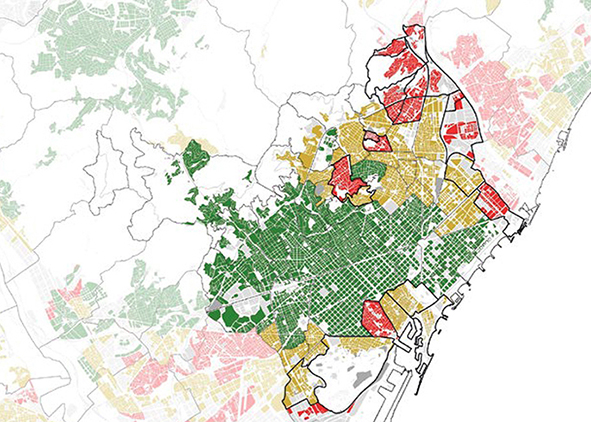
Downloads
Published
How to Cite
Issue
Section
Categories
License
Copyright (c) 2025 Laura Ricci, Irene Poli, Marsia Marino

This work is licensed under a Creative Commons Attribution 4.0 International License.
This Journal is published under Creative Commons Attribution Licence 4.0 (CC-BY).
License scheme | Legal code
This License allows anyone to:
Share: copy and redistribute the material in any medium or format.
Adapt: remix, transform, and build upon the material for any purpose, even commercially.
Under the following terms
Attribution: Users must give appropriate credit, provide a link to the license, and indicate if changes were made; users may do so in any reasonable manner, but not in any way that suggests the licensor endorses them or their use.
No additional restrictions: Users may not apply legal terms or technological measures that legally restrict others from doing anything the license permits.
Notices
Users do not have to comply with the license for elements of the material in the public domain or where your use is permitted by an applicable exception or limitation.
No warranties are given. The license may not give users all of the permissions necessary for their intended use. For example, other rights such as publicity, privacy, or moral rights may limit how you use the material.




